There may be affiliate links in this post. If you purchase through these links we may make a small commission at no cost to you. Please see our disclaimer, terms and privacy for more information.
It can be hard to find your perfect foundation shade, whether you’re swatching shades on your arm in Sephora or you’re shopping online – wildly guessing which color will match your skin. Knowing how to choose the correct foundation shade will save you lots of time and frustration when you’re makeup shopping!
1. Skin Tone
This is probably the easiest part of the foundation shade for you to figure out.
Generally, skin tones are broken up into major categories:
- Fair
- Light
- Medium
- Tan
- Dark
- Deep
Some brands may call categories by slightly different names, or simply categorize them as light, medium, or dark. Regardless, all good foundation ranges will include shades in each of these skin tone categories.
I’m personally a very pale person, so I know I will fall into the fair or light categories in pretty much any foundation I choose. If I see “medium” in a shade name, I know I’ve gone too far and the shade will be too dark on my skin.
2. Undertones
What even is an undertone, anyway?
No matter what your skin tone is, you can have a cool, warm, neutral, or an olive undertone. This “undertone” is the hint of color that shows through all of your skin, causing your skin to have a golden or pinky hue.
So, which one are you?
Cool Undertones:
While we normally think of “cool” colors on the color wheel being green and blue, cool undertones typically refer to pink and reddish hues in your skin. If you have a very cool undertone, it may even appear as slightly blue or purple.
If you often find that the wrong foundation shades look much too yellow or golden on your skin, you probably have a cool undertone.
Another way to check your undertone is to look at the veins in your wrist. If they appear blue and purple, you have a cool undertone.
Warm Undertones:
Think of warm undertones as golden and sunny – often with a yellow, honey colored hue.
If you often find that the wrong foundation shades look very pink on your skin, you probably have a warm undertone.
Check the veins in your wrist – if they appear green tinted, you have a warm undertone.
Related: Ultimate Guide to Makeup Setting Sprays
Olive Undertones:
Less people have olive undertones, which are combinations of yellow and green hues. It’s similar to cool undertones, but has a slight green shift that gives you more of a bronzy look!
If the wrong foundation shades you’ve been using look too pink or ashy on your skin, you might have an olive undertone.
People with olive undertones tend to have golden and green hues in the veins on their wrist.
Neutral Undertones:
If you read through the other undertones and can’t figure out which one you fit in, you likely have a neutral undertone.
Neutral undertones are a combination of cool and warm undertones – if you can see both cool pink and golden warm qualities in your skin, you’re neutral!
The veins of people with neutral undertones often appear blue and green.
Many makeup artists claim that the vast majority of people have more of a neutral undertone than cool, warm, or olive. If you don’t know where to start, definitely find a neutral shade and go from there.
3. Oxidation
You probably learned about oxidation in grade school. It’s a chemical process that changes a material when it comes into contact with oxygen (it’s the thing that makes copper pennies turn green).
In makeup, oxidation causes a product – typically a liquid foundation or concealer – to turn a shade or too darker when it dries down on the skin. Sometimes oxidation causes a product to turn way more golden or pink – creating the dreaded orange fake-tan look.
You want to either avoid oxidation entirely, or plan ahead for it.
To see if a foundation will oxidize, you need to see it in person and be able to swatch it. If you’re shopping online, read lots of reviews or ask someone who has tried the formula!
You should wait until the foundation is fully dry, up to 10 minutes, and then swatch a little more of the foundation next to the dried foundation. If the new, wet swatch is significantly lighter than the dried one, the foundation oxidized.
Whether or not your foundation oxidizes, you want it to match your skin and undertone. If it doesn’t oxidize, great! You should be able to quickly tell which one matches you. If it does oxidize, that’s okay too! You just have to make sure the foundation will match you after it has been exposed to oxygen and dried down.
4. Where to Compare
Please never, ever swatch foundations on your hand or arm to check if it matches.
Why?
Different areas of your body are slightly lighter and darker than others because of their natural different exposures to the sun. Your arms are often the most tan parts of your body, and a foundation matched to your arms will only match your arms – not your face or neck.
The best place to compare your foundation shade to is on your jawline, including both your face and your neck.
When you apply foundation, you should be blending it down your neck a little bit to ensure you don’t have a harsh line of makeup at your jawline. Matching your foundation right in that area helps you find the perfect match to both your face and your neck.
Related: 13 Foundation Mistakes You’re Making (and how to fix them!)
5. Different Shades for Different Seasons
In the warmer months, we often spend much more time outside than the wintry ones.
While you should always wear sunscreen, your skin tone will still probably turn a bit tanner during the spring and summer months.
Your foundation should reflect this change! It’s totally normal to have a couple shades of foundation that match you at different times during the year – a darker one for summer, a lighter one for winter, and possibly even an in-between shade.
If you’re in a pinch, you should be able to warm up a foundation that is slightly too light for your summer skin tone by using more contour and bronzer than you normally would.
This is an awesome foundation at a very affordable price! It’s probably the cheapest good foundation you can buy in a wide shade range. Because of the price, these are easy to buy multiple shades of throughout the year.
Other things to keep in mind
- If you know your perfect shade in one foundation range, you can use it to find another shade on a site like findation.com
- Make sure you buy the right coverage level and foundation finish (matte, satin, dewy) that is best for your skin. If you aren’t sure what’s best, check out my ultimate guide to foundation.
- Some brands have shade guides on their websites. Check these out before you buy, it could help with that particular product.
- Stores like Sephora and Ulta have awesome return policies if you accidentally buy the wrong shade.
- Think you have the right shade but still not looking the best? Here are common foundation mistakes you might be making (and how to fix them!)
I hope this guide on how to choose the correct foundation shade is helpful for you!
Pin this article for later:

If there is anything you’re confused about or have questions about, let me know in a comment below.
Have you ever found your perfect foundation shade??





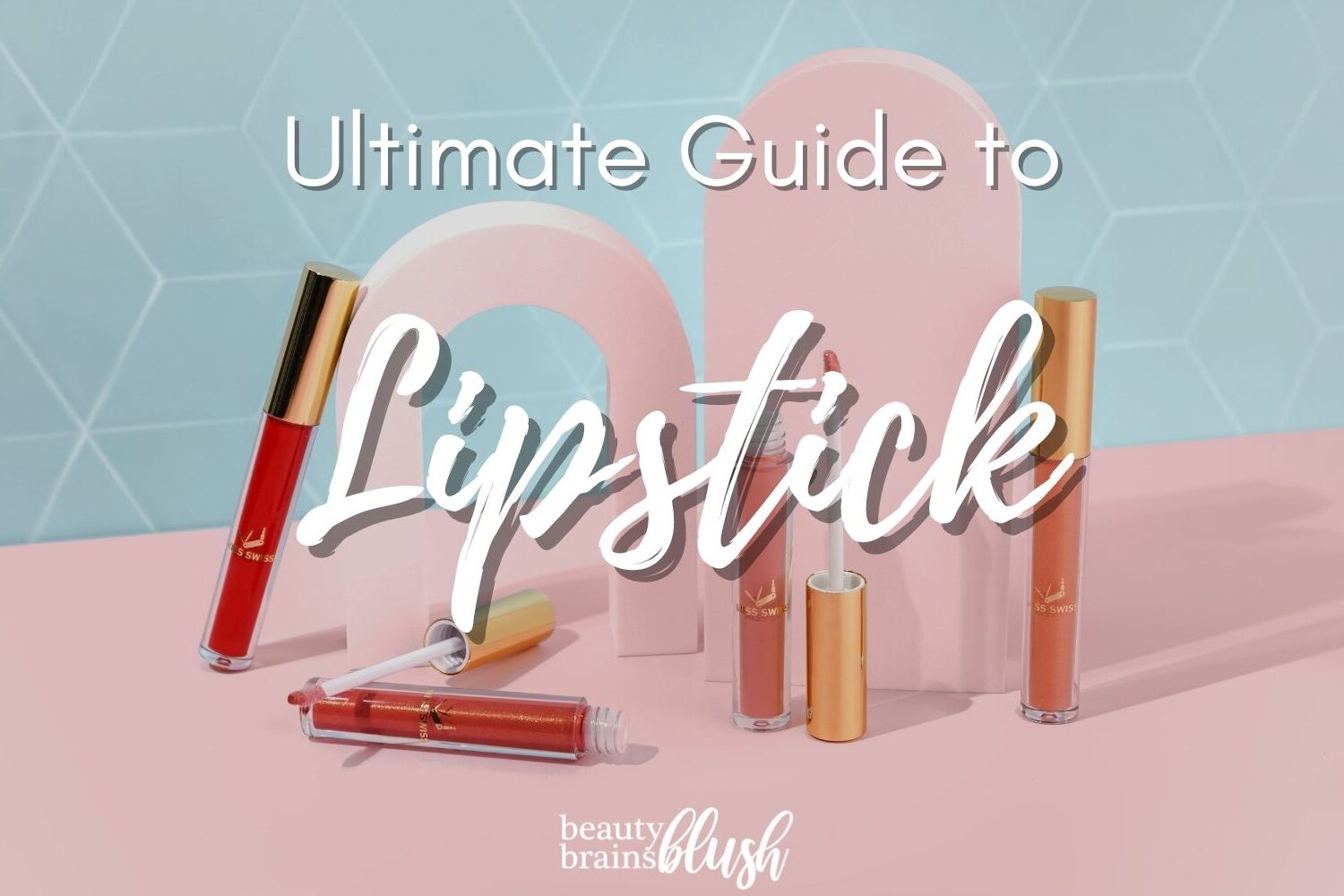

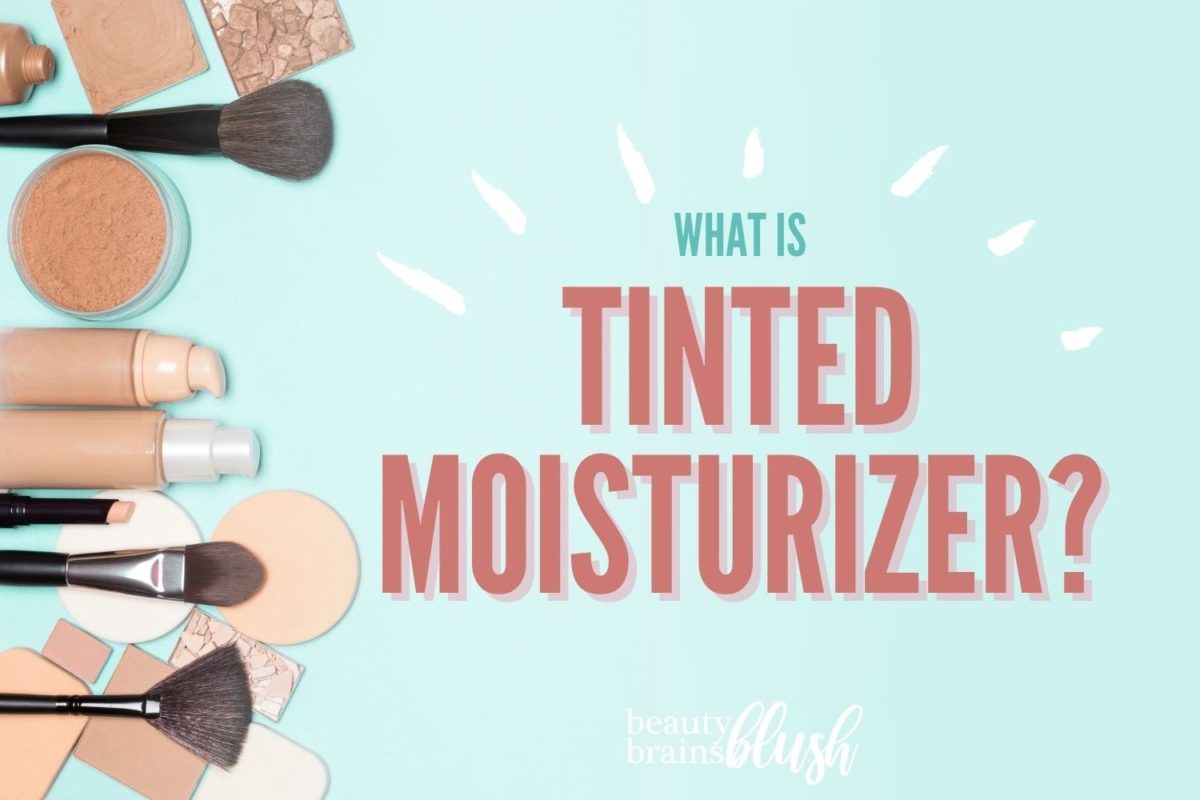
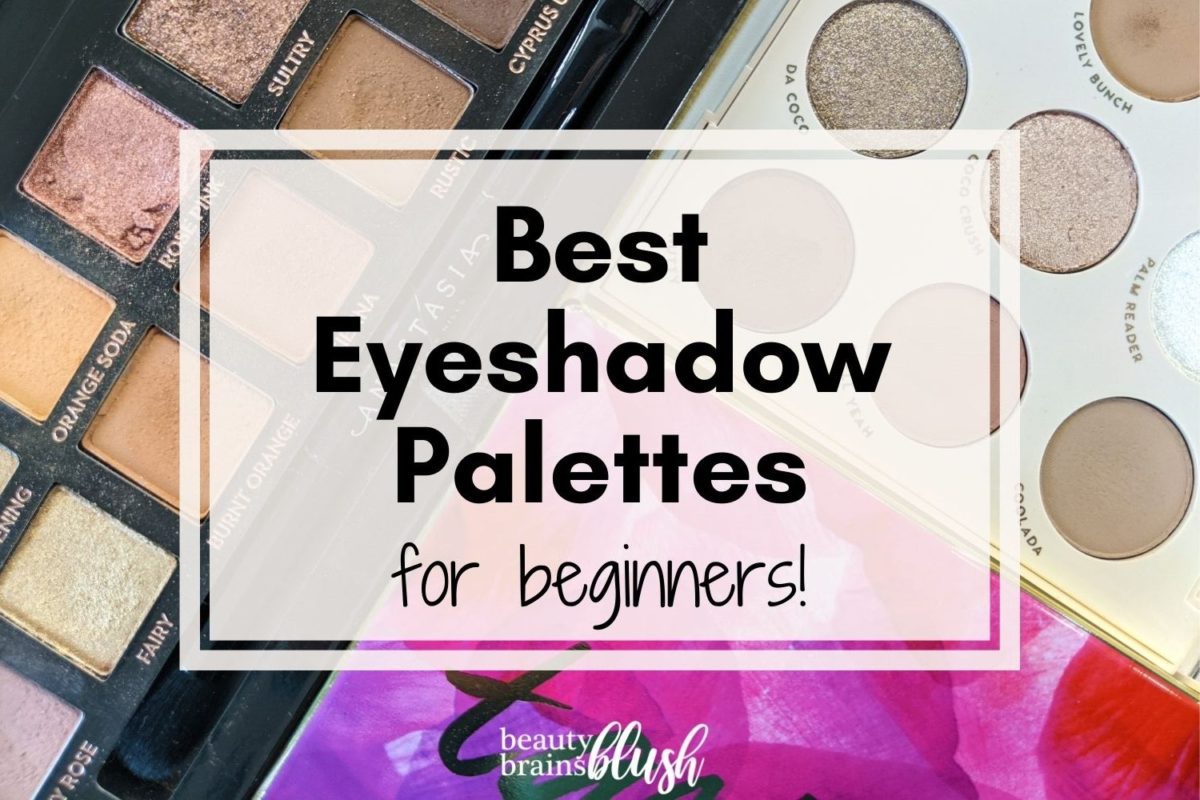
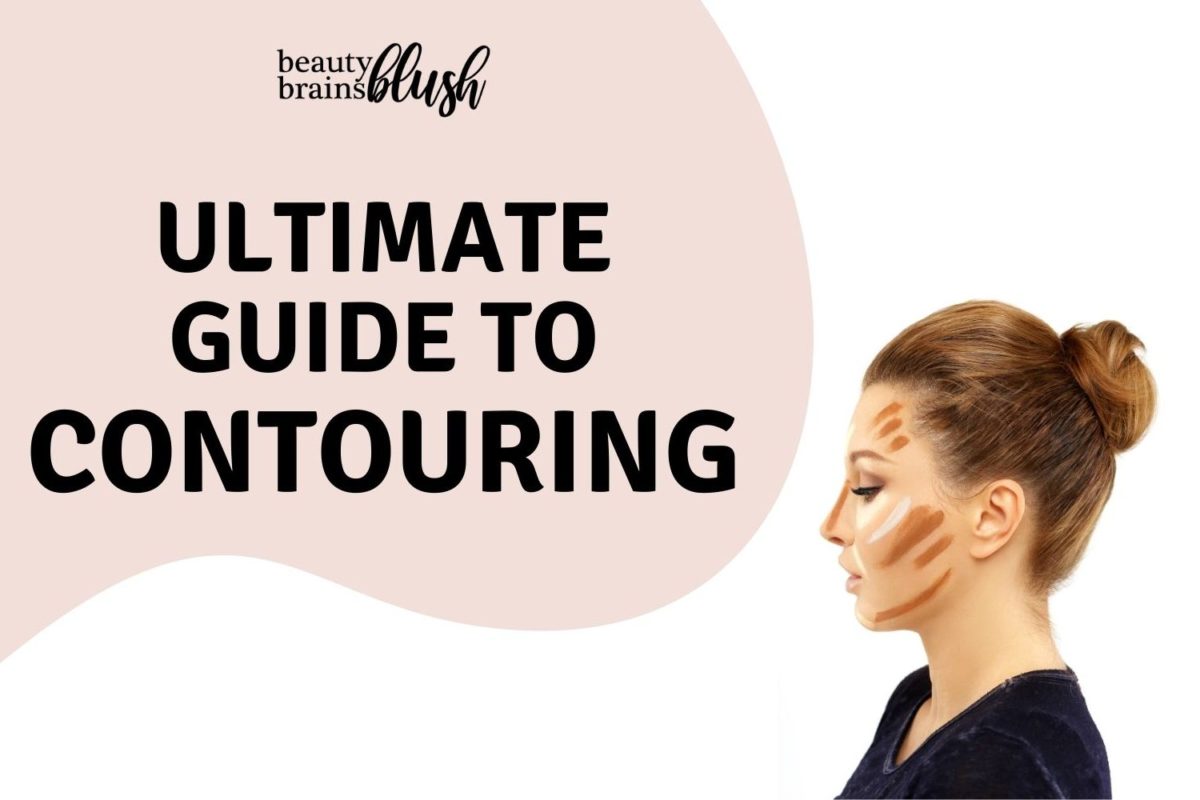
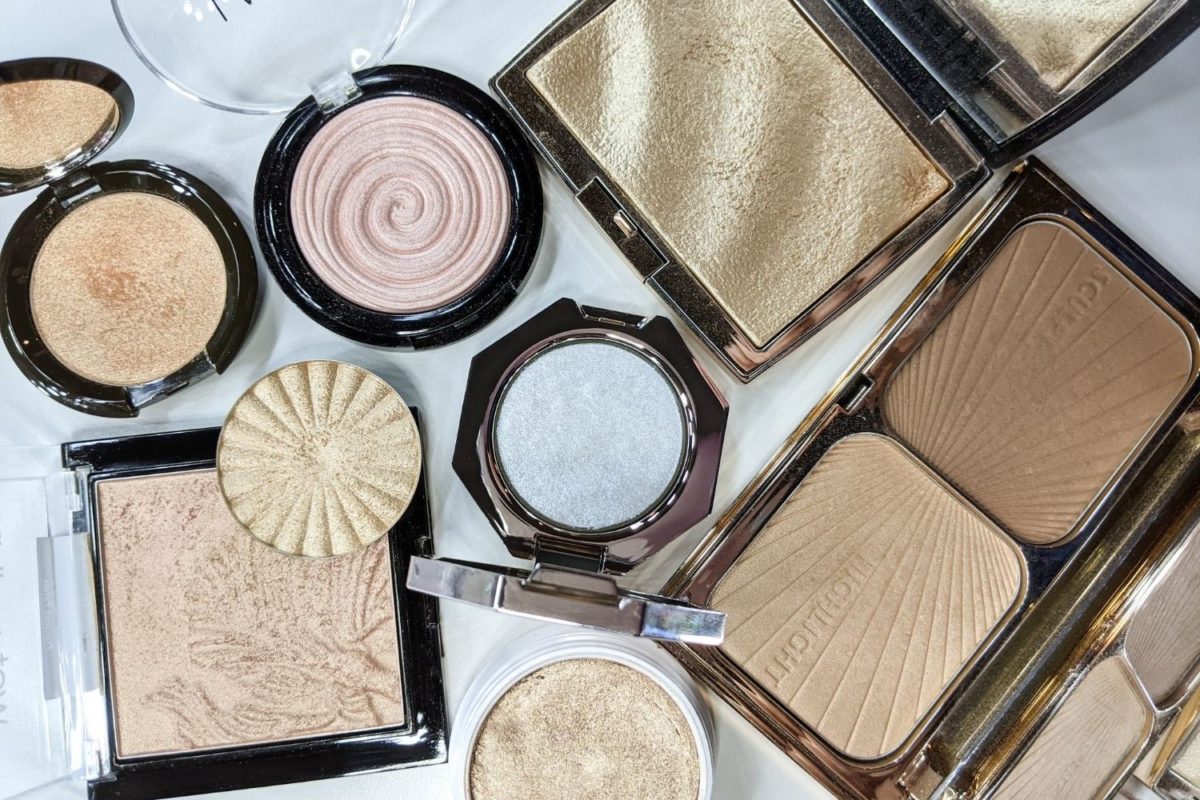
Thank you for being such a good guide to me.😊😊I m very glad that I came to read your blogs😊😊I have come to learn a lot. THANK YOU SO MUCH 🥰.
Thanks, Sona! I am so glad that my guides are helpful for you 🙂